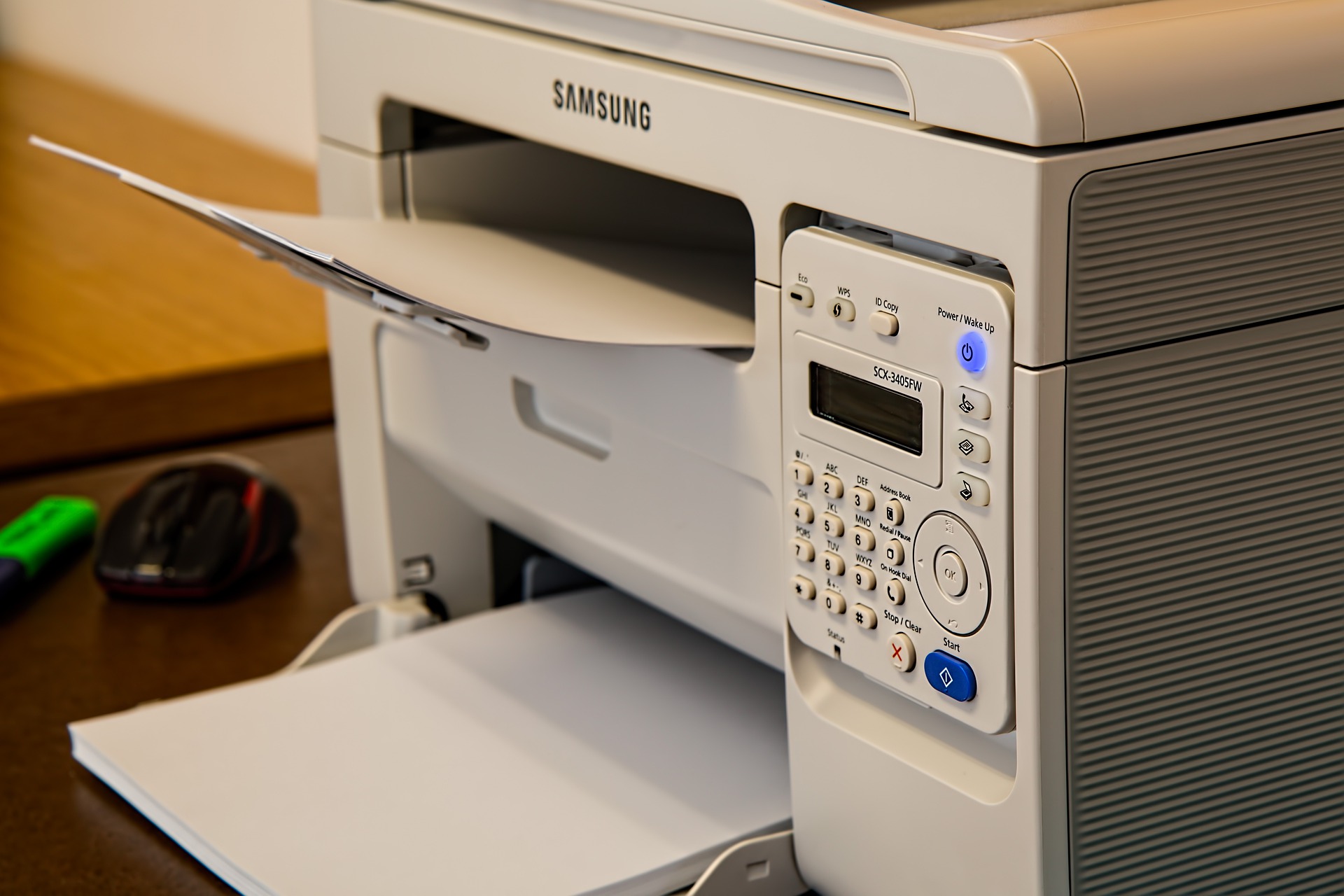In our previous article, we have discussed the idea of 3D printers. Now, we would like to look more into the printing process itself. We are also planning to discuss the important use cases of this crucial technology.
3D printing process
The 3D printing process is also called an additive printing process. This is a process of making solid objects out of a digital file. Note that, 3D printing is absolutely the opposite of another kind of manufacturing process known as the subtractive manufacturing process, which involves cutting out, or hollowing out a piece of metal or any other object with a milling machine for instance.
The whole idea of the 3D printing process is not only for hobbyists who just want to poke around and build some cool stuff for the house but also can be used in large production houses and in factories to rapidly develop prototypes and models for their new products. The 3D model has always been out there, even before the birth of 3D printers.
People have been using 3D models as back as from the 1970s. With a 3D model, the proper layering and the dimensional aspect of the objects are clearly visible and it is tremendously useful for such a production line Used in big manufacturing companies. But this whole process of manually building 3D models was expensive and time-consuming. With the invention of 3D printers, it is just a matter of time before you have your new 3D model for your business.
3D printing use cases
One of the best and prime examples would be the automotive industry. In the automotive industry, a design needs to be developed first, then it goes to the prototyping and if it is approved then it goes to the manufacturing process. Previously it took some time, in fact, quite a bit of time to develop such a 3D model of a vehicle. And these 3d model was developed manually by hand by experienced people in the industry. But now with the 3D printers, we can easily design the vehicles first and straight print them out in three-dimensional aspects In no time. As a matter of fact, the 3D printing process has stretched out to automotive, aviation, and Construction. In various consumer products like eyewear, footwear, jewelry, and a variety of other sectors in the industry.
Over the years, people developed curiosity beyond what it was when 3D printers came out. They have come from printing out a 3D object to “can you print a 3D printer out of a 3D printer?”. The experiment since had been carried out, and eventually led to success. Although it is not quite as accurate as the original, the parent 3D printer but the child 3d printers still are able to develop amazingly close to the parent 3D printer. Engineers and curious minds in the industry have already taken it to the next level and now, they are already producing a 3d printer out of a 3d printer.

